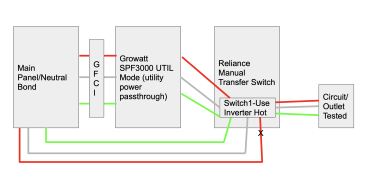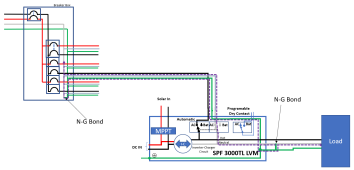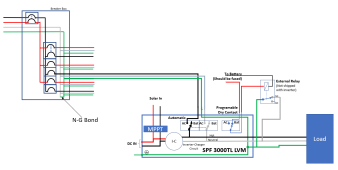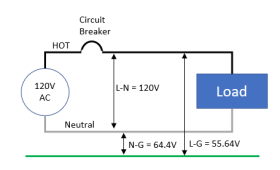@FilterGuy
So that was an interesting test.
Baseline on Grid completely: No open ground from tester and can see 122v across Ground and Hot, same 122v with Neutral and Hot. Neutral and ground was 0.31v
Battery Only from Inverter: No open ground from tester and can see 118v across Ground and Hot, same 118v with Neutral and Hot. Neutral and ground was 0.23v
Grid Through Inverter UTIL mode: UNTESTABLE. GFCI in garage where inverter plugged into popped immediately, regardless if Transfer switch was set to Gen/Inverter, OFF, or Line/Grid for the circuit being tested.
Thoughts?












